Home>Gardening & Outdoor>Plant Care & Gardening Tips>How To Start A Native Plant Garden In Maryland
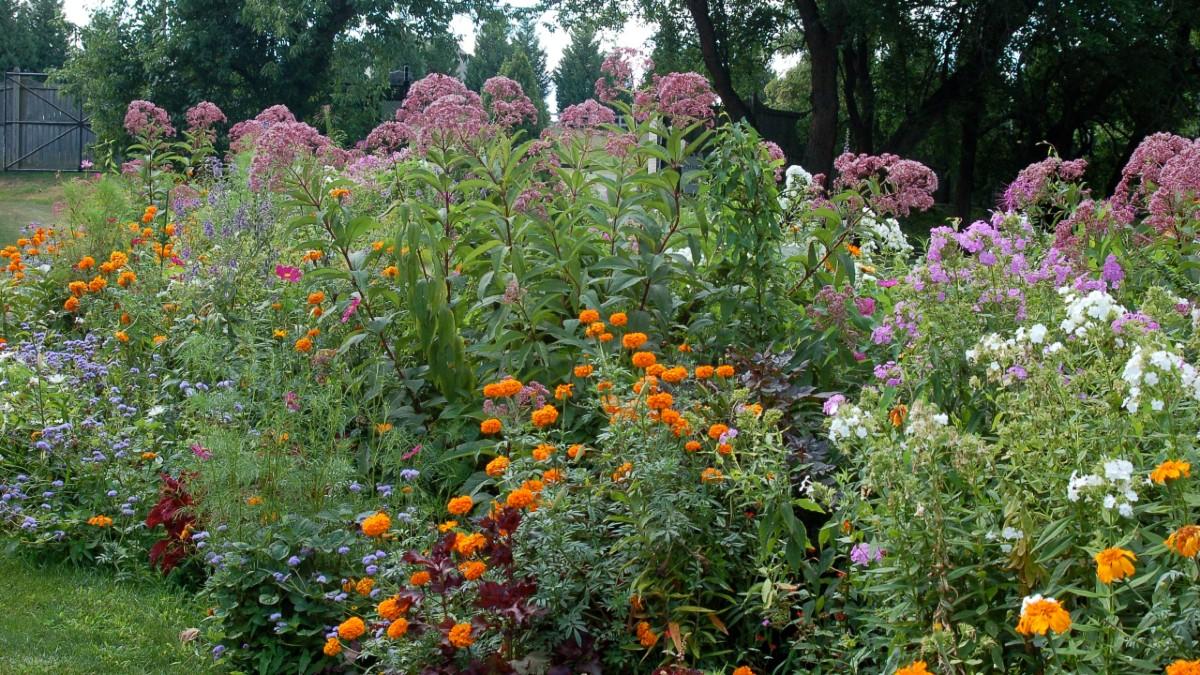

Plant Care & Gardening Tips
How To Start A Native Plant Garden In Maryland
Modified: January 4, 2024
Learn how to start a native plant garden in Maryland with expert plant care and gardening tips. Create a sustainable and beautiful garden with native plants.
(Many of the links in this article redirect to a specific reviewed product. Your purchase of these products through affiliate links helps to generate commission for Storables.com, at no extra cost. Learn more)
Introduction
Welcome to the vibrant world of native plant gardening in Maryland! Whether you are an experienced gardener or just starting your green-thumb journey, cultivating a native plant garden can be a rewarding and environmentally beneficial endeavor. In this guide, we will delve into the intricacies of creating and nurturing a native plant garden specifically tailored to the unique climate and biodiversity of Maryland.
Native plants play a crucial role in preserving local ecosystems and supporting native wildlife. By incorporating these plants into your garden, you can contribute to the conservation of Maryland's natural heritage while enjoying the beauty and resilience of these indigenous species.
Throughout this article, we will explore the process of establishing a native plant garden, from understanding the significance of native plants to selecting the right species and providing essential care. Whether you reside in the coastal plains of the Eastern Shore, the rolling hills of Central Maryland, or the mountainous terrain of Western Maryland, this guide will offer valuable insights to help you embark on your native plant gardening journey.
So, roll up your sleeves, grab your gardening gloves, and get ready to immerse yourself in the enchanting world of native plant gardening in Maryland. Let's dig in!
Key Takeaways:
- Embrace Maryland’s natural beauty by creating a native plant garden, supporting local wildlife and conserving the state’s ecological heritage.
- Selecting, planting, and maintaining native plants in Maryland can create a resilient and biodiverse garden that celebrates the state’s natural splendor.
Read more: How To Start A Native Plant Nursery
Understanding Native Plants
Before diving into the practical aspects of creating a native plant garden, it’s essential to understand the significance of native plants and their role in the local ecosystem. Native plants are species that occur naturally in a particular region, having evolved and adapted to the local climate, soil, and wildlife over thousands of years. In Maryland, native plants have developed unique characteristics that enable them to thrive in the state’s diverse landscapes, from the coastal areas to the Appalachian mountains.
One of the primary benefits of incorporating native plants into your garden is their ability to support local wildlife. These plants provide food and habitat for native insects, birds, and other animals, contributing to the overall biodiversity of the region. For example, native milkweeds are essential for the survival of monarch butterflies, while native oak trees sustain a myriad of insect species, which in turn support birds and other wildlife.
Moreover, native plants are well-adapted to Maryland’s climate and soil conditions, requiring less water and maintenance compared to non-native species. By choosing native plants for your garden, you can create a sustainable and resilient landscape that reflects the natural beauty of the state.
Understanding the value of native plants also involves recognizing the threats posed by invasive species. Invasive plants, which are non-native species that aggressively outcompete native plants, can disrupt local ecosystems and reduce biodiversity. By prioritizing native plants in your garden, you can help mitigate the spread of invasive species and contribute to the conservation of Maryland’s natural heritage.
By embracing native plants in your garden, you become a steward of Maryland’s rich ecological tapestry, playing a vital role in preserving the state’s natural beauty and supporting native wildlife. Now that we’ve gained insight into the importance of native plants, let’s move on to selecting the ideal location for your native plant garden.
Choosing the Right Location
When embarking on the journey of creating a native plant garden in Maryland, selecting the right location is paramount to the success of your endeavor. The ideal location should provide the necessary environmental conditions for native plants to thrive while complementing the natural landscape of the region.
First and foremost, consider the sunlight requirements of the native plant species you intend to cultivate. Maryland experiences varying sunlight patterns across different regions, ranging from full sun in open meadows to partial shade in wooded areas. Before choosing a location for your garden, observe the sunlight exposure throughout the day to determine the best spot for your native plants. Additionally, be mindful of any potential obstructions, such as buildings or trees, that could cast shadows and affect sunlight availability.
Soil composition is another crucial factor to consider when selecting a location for your native plant garden. Maryland’s diverse topography gives rise to a wide range of soil types, including sandy soils near coastal areas, clay soils in the Piedmont region, and loamy soils in the Appalachian Plateau. Understanding the soil composition of your chosen location will guide you in selecting native plant species that are well-suited to thrive in specific soil conditions.
Furthermore, assess the drainage patterns of the area to ensure that excess water does not accumulate, as most native plants in Maryland prefer well-drained soil. Consider the natural water flow and topographical features of the landscape to identify potential areas for rain gardens or wetland-adapted native plants, especially if your garden is located in a low-lying or flood-prone area.
Another aspect to consider is the proximity to existing natural areas or green spaces. If possible, position your native plant garden in close proximity to natural habitats, such as woodlands or meadows, to facilitate the movement of wildlife and promote ecological connectivity. This can enhance the ecological value of your garden by creating corridors for native species to thrive and interact with the surrounding environment.
By carefully selecting the right location for your native plant garden, you can create a harmonious and thriving ecosystem that celebrates the beauty and resilience of Maryland’s native flora. With the location secured, the next step is to prepare the soil to provide an optimal growing environment for your native plants.
Preparing the Soil
Creating a thriving native plant garden in Maryland begins with preparing the soil to provide an optimal growing environment for your chosen plant species. Understanding the unique soil characteristics of your garden site and making necessary amendments will set the stage for healthy plant growth and resilience in the face of Maryland’s diverse climatic conditions.
Before making any soil amendments, it’s essential to conduct a soil test to assess the pH level and nutrient composition of the soil. The University of Maryland Extension provides soil testing services, enabling you to receive detailed recommendations for adjusting the soil based on the specific needs of native plant species. By addressing any deficiencies or imbalances in the soil, you can create an ideal foundation for your native plant garden.
Once you have the soil test results, you can begin making targeted amendments to optimize the soil composition. Incorporating organic matter, such as compost or well-rotted manure, can improve soil structure, water retention, and nutrient availability. Additionally, adding a layer of organic mulch to the soil surface can regulate soil temperature, reduce weed competition, and enhance overall soil health.
For sites with compacted soil, consider aerating the soil to improve drainage and root penetration. This can be achieved through mechanical aeration or by selecting deep-rooted native plants that naturally facilitate soil aeration through their root systems. By addressing soil compaction, you create a hospitable environment for native plants to establish strong root systems and thrive in the long term.
Furthermore, if your garden site is located in an area prone to erosion, implementing erosion control measures, such as planting native grasses or installing natural barriers, can safeguard the soil from degradation and promote ecological stability. By preventing soil erosion, you preserve the integrity of the landscape and create a conducive environment for native plant growth.
By taking the time to prepare the soil thoughtfully, you lay the groundwork for a resilient and biodiverse native plant garden that embodies the natural beauty and ecological richness of Maryland. With the soil primed for optimal plant growth, the next step is to select the native plant species that will thrive in your garden’s unique environmental conditions.
Choose native plants that are well-suited to Maryland’s climate and soil conditions. Research which plants are native to the area and will thrive in your garden, as they will require less maintenance and support local wildlife.
Selecting Native Plant Species
Choosing the right native plant species is a pivotal aspect of creating a vibrant and ecologically beneficial garden in Maryland. Native plants are inherently adapted to the local climate and soil conditions, making them resilient choices for sustainable landscaping. When selecting native plant species for your garden, consider a diverse array of factors, including the specific environmental conditions of your garden site, the desired aesthetic appeal, and the ecological benefits that each species offers.
Begin by researching native plant species that are indigenous to the particular region of Maryland where your garden is located. Maryland’s native flora encompasses a rich variety of plants, ranging from flowering perennials and grasses to shrubs and trees. Consider the natural habitats and ecological niches of these plants to determine which species are best suited for your garden’s unique microclimate and soil composition.
When crafting your plant list, aim to incorporate a mix of species that bloom at different times of the year, providing continuous nectar and pollen sources for pollinators throughout the seasons. Additionally, prioritize native plants that serve as host plants for butterflies and moths, as these species play a vital role in supporting the life cycle of these charismatic insects.
Furthermore, consider the growth habits and mature sizes of the selected plant species to ensure that they harmonize with the scale and design of your garden. Incorporating a variety of plant heights, textures, and colors can create visual interest while mimicking the natural layering found in Maryland’s diverse ecosystems.
Another crucial consideration is the ecological functions of the chosen plant species. Some native plants are particularly adept at stabilizing soil, preventing erosion, or providing food and shelter for wildlife. By strategically integrating these species into your garden, you can enhance its ecological value and contribute to the overall health of the local ecosystem.
As you curate your plant palette, keep in mind the importance of preserving genetic diversity within native plant populations. Whenever possible, source plants from reputable nurseries that propagate native species from local seed sources, thereby conserving the genetic integrity of Maryland’s native flora.
By thoughtfully selecting a diverse array of native plant species, you can create a resilient and biodiverse garden that celebrates the unique beauty and ecological heritage of Maryland. With your plant selections in place, the next step is to delve into the practical aspects of planting and caring for your native plants.
Read more: When To Plant Grass In Maryland
Planting and Caring for Native Plants
As you embark on the journey of introducing native plants to your garden in Maryland, understanding the best practices for planting and caring for these species is essential to ensure their long-term health and vitality. By following these guidelines, you can establish a flourishing native plant garden that embodies the resilience and natural beauty of Maryland’s indigenous flora.
Before planting, it’s crucial to prepare the root zone of each native plant to provide an optimal growing environment. This involves loosening the soil in the planting area and incorporating organic matter to promote root development and water retention. Additionally, consider the mature size and growth habits of each plant species when determining their placement, allowing ample space for them to thrive and expand over time.
When it comes to planting native perennials, shrubs, or trees, timing is key. Fall is often the ideal season for planting native species in Maryland, as the cooler temperatures and increased soil moisture provide favorable conditions for root establishment. However, certain species may also thrive when planted in early spring, taking advantage of the abundant rainfall and moderate temperatures.
Once the native plants are in the ground, providing sufficient water during the establishment period is crucial for their survival. While native plants are generally well-adapted to local climate conditions, regular watering during the first growing season can aid in root development and overall resilience. As the plants mature, they will become increasingly self-sufficient and require minimal supplemental watering, showcasing their inherent ability to thrive in Maryland’s climate.
Furthermore, integrating a layer of organic mulch around the base of native plants can offer numerous benefits, including moisture retention, weed suppression, and soil insulation. Organic mulch mimics the natural leaf litter found in forest ecosystems, creating a conducive environment for native plants to thrive while fostering a healthy soil ecosystem.
As your native plant garden matures, periodic maintenance practices such as removing invasive plants, monitoring for pests, and conducting selective pruning can help sustain the health and ecological integrity of the garden. Embracing these practices will nurture a resilient and biodiverse native plant garden that exemplifies the natural splendor and ecological richness of Maryland.
With the native plants now thriving in your garden, it’s essential to implement ongoing maintenance measures to preserve the ecological balance and aesthetic appeal of your native plant oasis.
Maintaining Your Native Plant Garden
Once your native plant garden in Maryland has been established, consistent maintenance practices are essential to uphold its ecological balance and visual appeal. By integrating thoughtful maintenance routines, you can nurture a resilient and biodiverse garden that harmonizes with the natural landscape while providing essential habitat and sustenance for local wildlife.
Regular monitoring of your native plant garden is fundamental to identifying and addressing any issues that may arise. Observing the growth patterns, flowering cycles, and overall health of the plants enables you to intervene promptly if any signs of stress, disease, or pest infestations are detected. By staying attuned to the garden’s dynamics, you can implement targeted solutions to maintain its vitality.
One of the key principles of maintaining a native plant garden is embracing the concept of ecological gardening. This involves minimizing the use of synthetic fertilizers and pesticides, which can disrupt the delicate balance of the ecosystem. Instead, focus on fostering healthy soil through organic amendments and cultivating a diverse plant community that naturally resists pests and diseases.
As your native plant garden matures, periodic weeding may be necessary to manage the presence of non-native or invasive plant species. By selectively removing unwanted vegetation, you create space for native plants to thrive while preventing the encroachment of aggressive species that could compromise the ecological integrity of the garden.
Additionally, consider incorporating habitat features such as birdhouses, bee hotels, or butterfly puddling areas to enhance the garden’s appeal to local wildlife. These elements not only contribute to the ecological functionality of the garden but also provide opportunities for observing and interacting with the diverse array of wildlife that native plants attract.
Practicing mindful pruning and deadheading of spent flowers can promote the longevity and vigor of your native plants, encouraging robust growth and continuous blooming. By selectively shaping the plants and removing faded blooms, you can maintain the garden’s aesthetic charm while supporting the plants’ natural life cycles.
Lastly, ongoing education and engagement with fellow gardeners and conservation organizations can enrich your understanding of Maryland’s native flora and fauna while providing opportunities to contribute to broader conservation efforts. By sharing your experiences and knowledge, you can inspire others to embrace native plant gardening and contribute to the preservation of Maryland’s natural heritage.
By implementing these maintenance practices, you can cultivate a thriving native plant garden that embodies the resilience, beauty, and ecological significance of Maryland’s native flora. As you continue to nurture and steward your garden, you play a vital role in conserving the state’s natural heritage and supporting the interconnected web of life that thrives within it.
Conclusion
Congratulations on embarking on the enriching journey of native plant gardening in Maryland! By delving into the intricacies of native plant selection, thoughtful garden design, and mindful maintenance practices, you have embraced the opportunity to contribute to the preservation of Maryland’s natural heritage while creating a vibrant and ecologically beneficial landscape.
Through this guide, we’ve explored the significance of native plants in supporting local ecosystems, fostering biodiversity, and providing essential habitat and sustenance for native wildlife. By prioritizing native plants in your garden, you have become a steward of Maryland’s rich ecological tapestry, playing a vital role in preserving the state’s natural beauty and supporting the interconnected web of life that thrives within it.
As you carefully selected native plant species tailored to your garden’s unique environmental conditions and integrated them into the landscape, you have created a resilient and biodiverse garden that celebrates the natural beauty and ecological richness of Maryland. By curating a diverse array of native plants, you have established a thriving ecosystem that harmonizes with the local landscape and provides essential ecological functions, from stabilizing soil to supporting pollinators and wildlife.
Furthermore, by implementing ongoing maintenance practices rooted in ecological gardening principles, you are nurturing a garden that exemplifies the resilience and natural splendor of Maryland’s indigenous flora. Your commitment to mindful stewardship and conservation-minded practices will inspire others to embrace native plant gardening and contribute to the preservation of Maryland’s natural heritage.
As you continue to tend to your native plant garden, remember that your efforts extend beyond the boundaries of your garden. You are part of a community of gardeners, conservationists, and nature enthusiasts who share a common goal of preserving and celebrating Maryland’s natural beauty. By sharing your experiences and knowledge, you can inspire others to join in this collective endeavor and contribute to the conservation of the state’s unique ecological legacy.
Thank you for embracing the enchanting world of native plant gardening in Maryland. Your dedication and passion for native plants are vital to the preservation of the state’s natural heritage and the cultivation of sustainable, biodiverse landscapes. As you nurture your garden, may it continue to flourish and inspire others to embark on their own native plant gardening journeys, enriching the tapestry of Maryland’s natural landscapes for generations to come.
Frequently Asked Questions about How To Start A Native Plant Garden In Maryland
Was this page helpful?
At Storables.com, we guarantee accurate and reliable information. Our content, validated by Expert Board Contributors, is crafted following stringent Editorial Policies. We're committed to providing you with well-researched, expert-backed insights for all your informational needs.
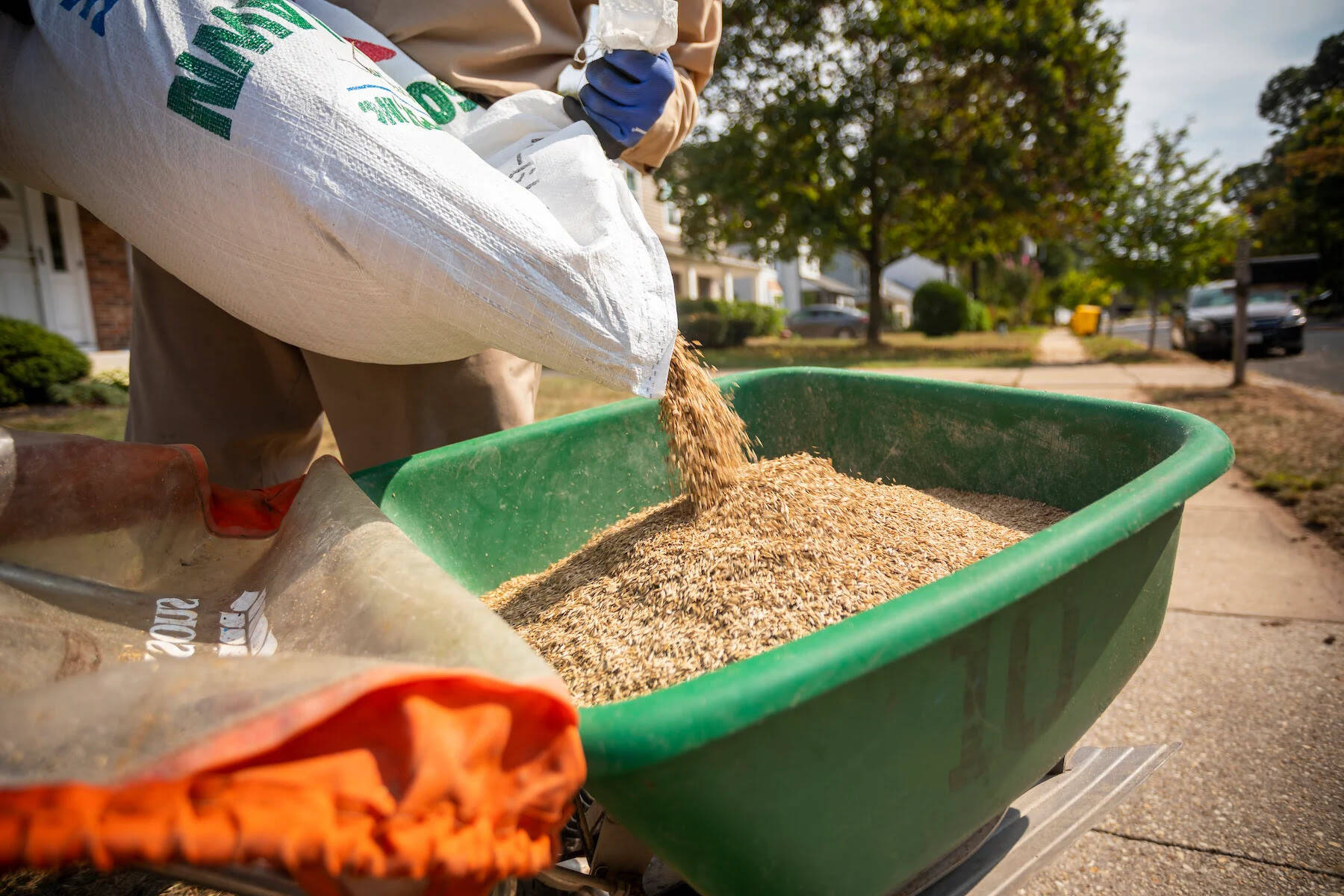
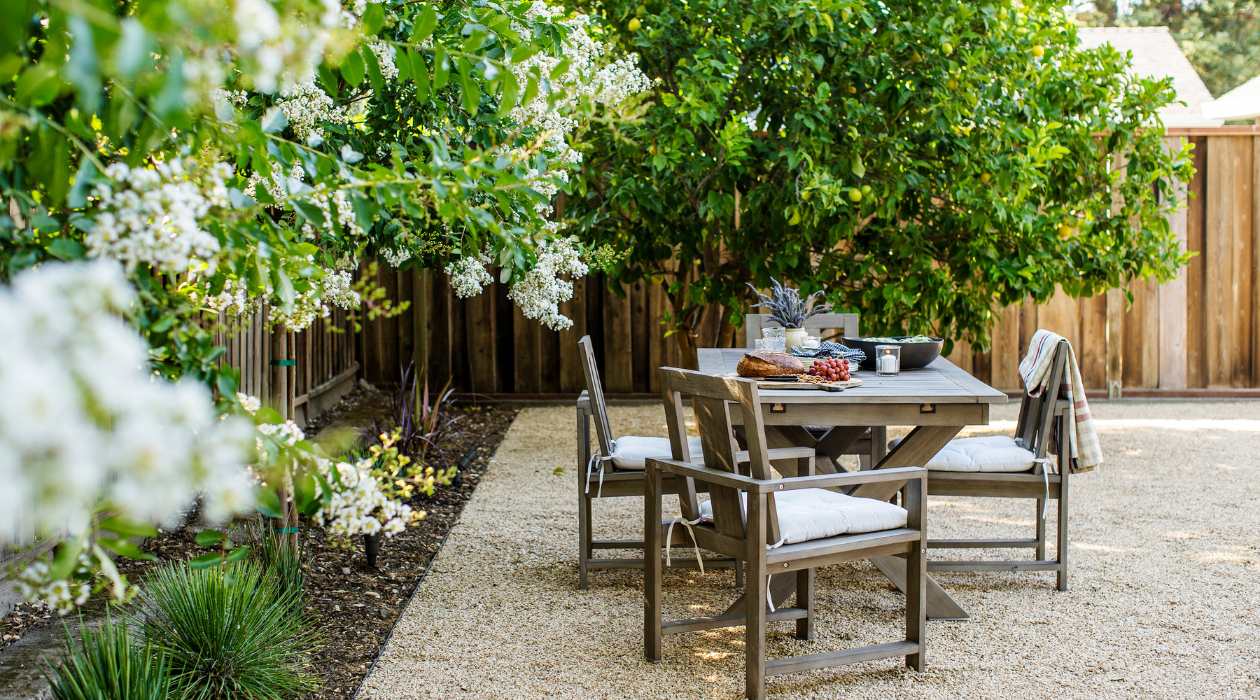
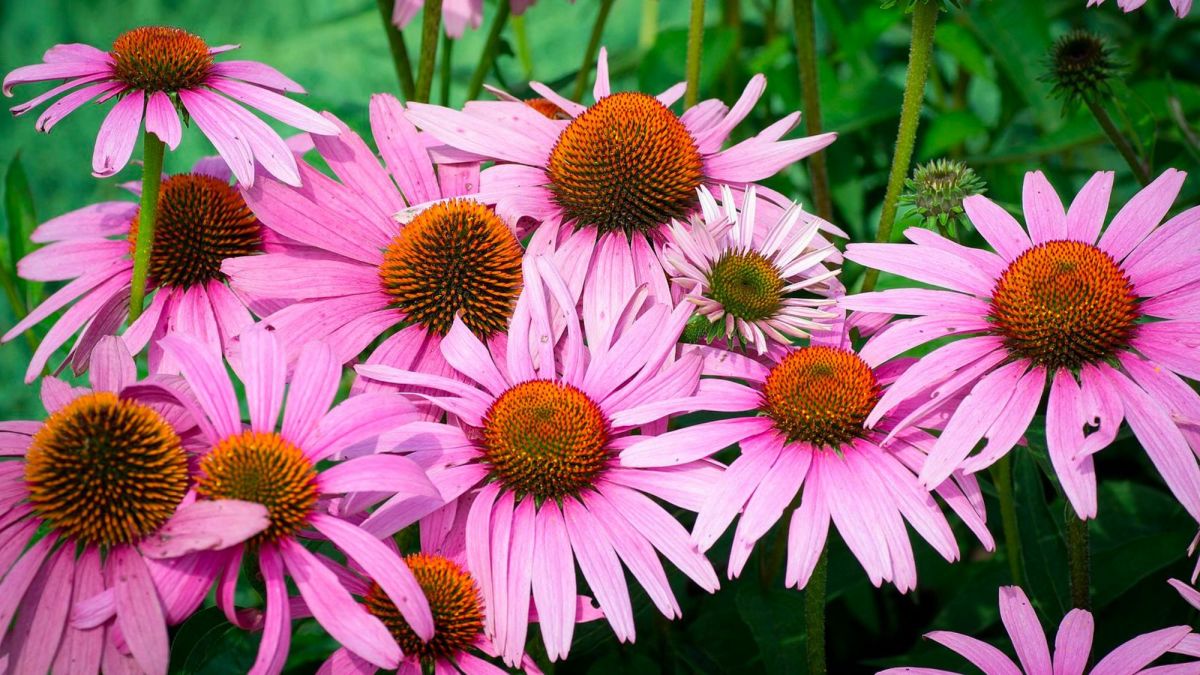
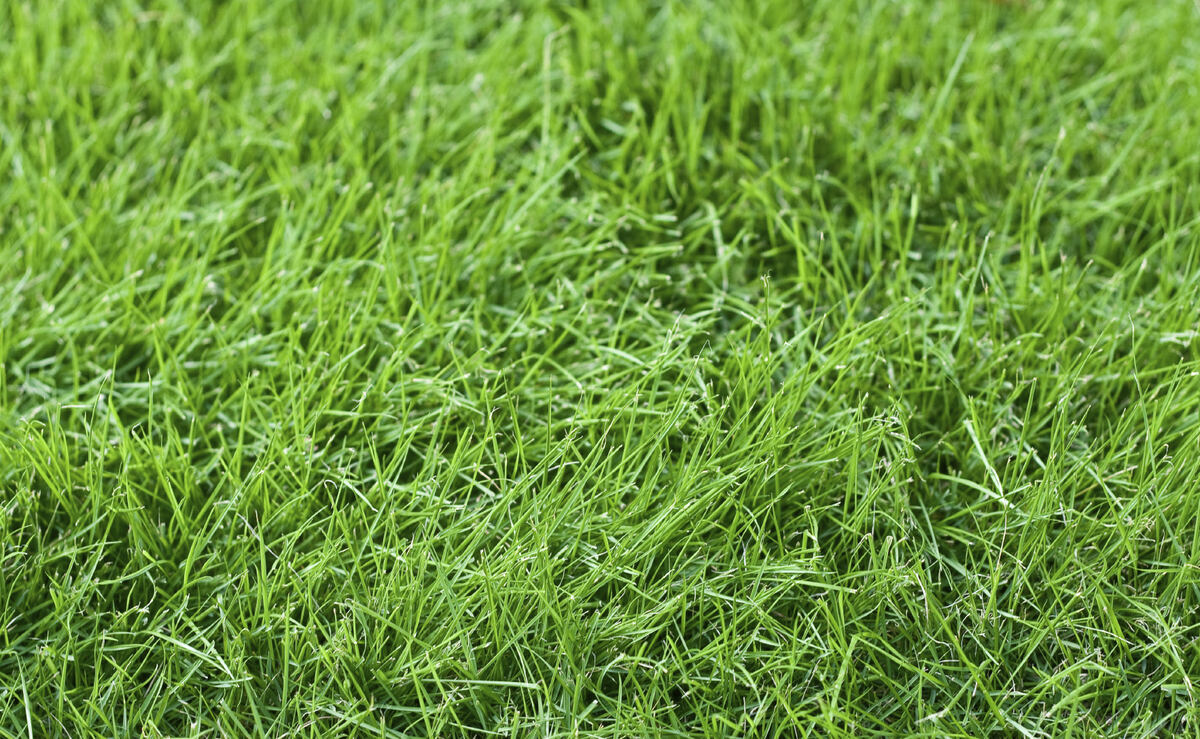
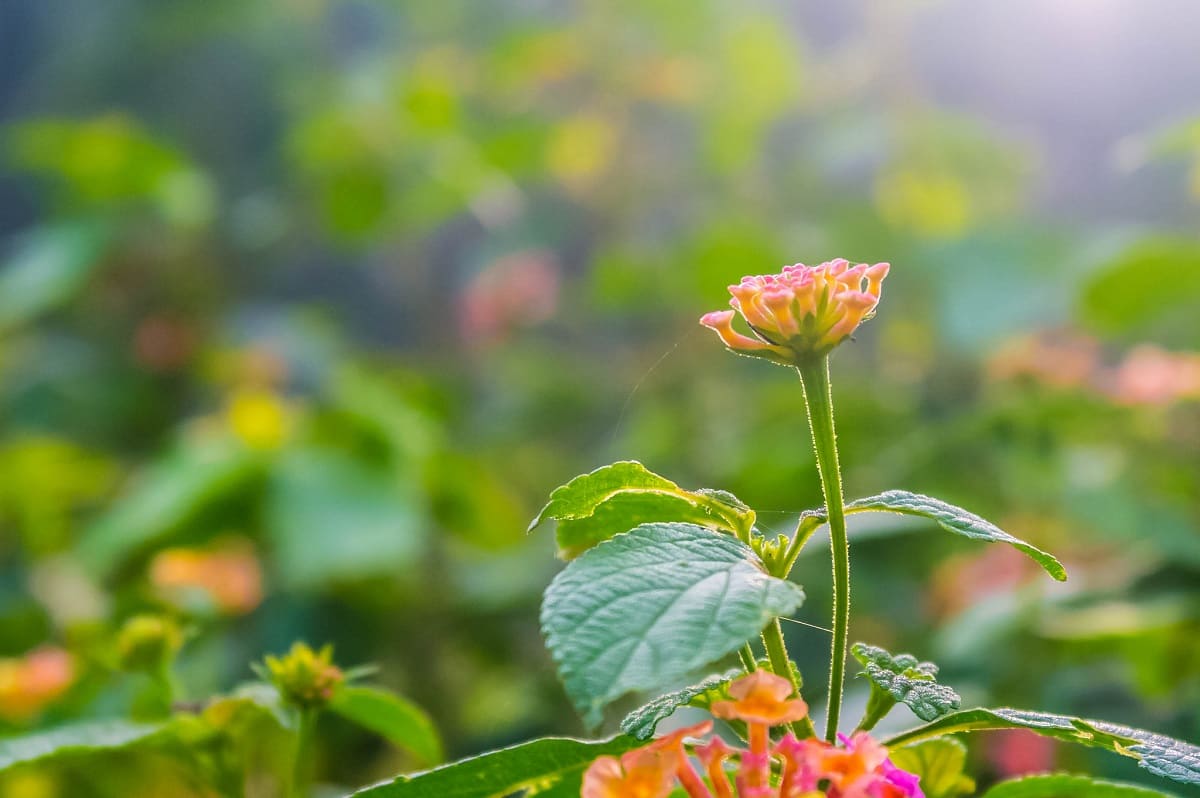
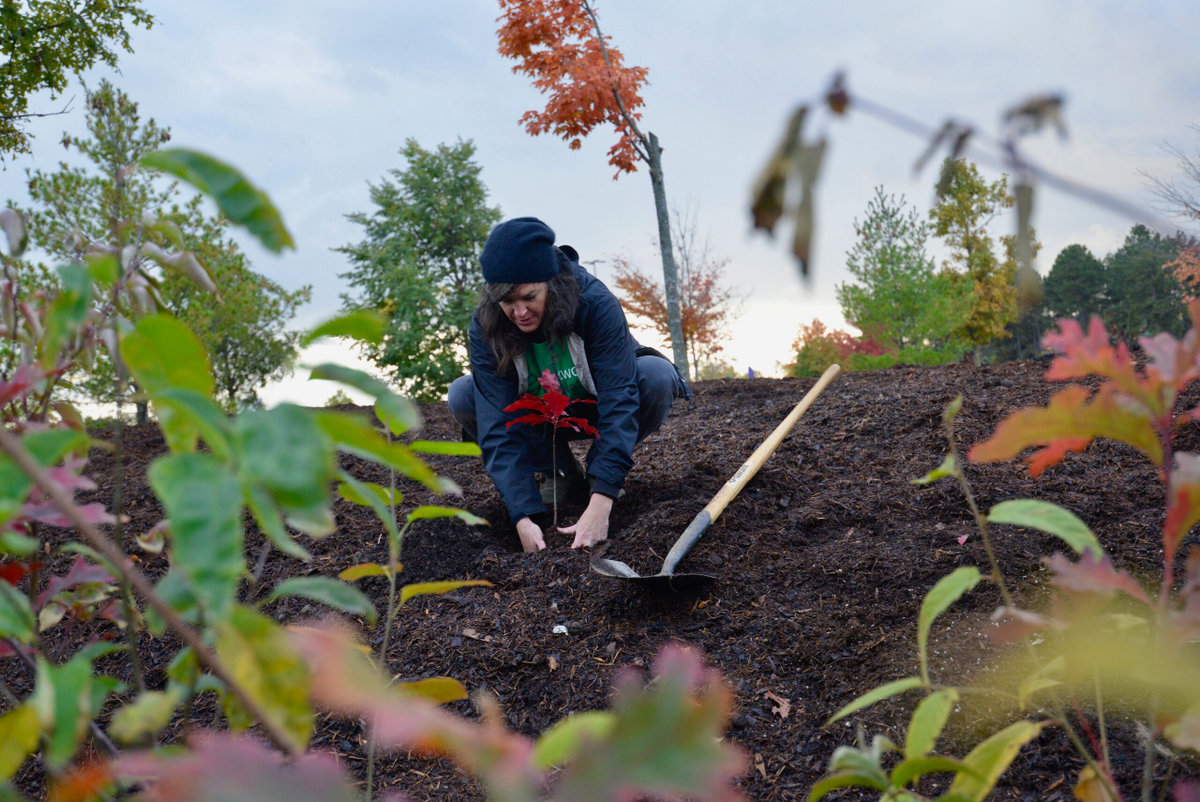

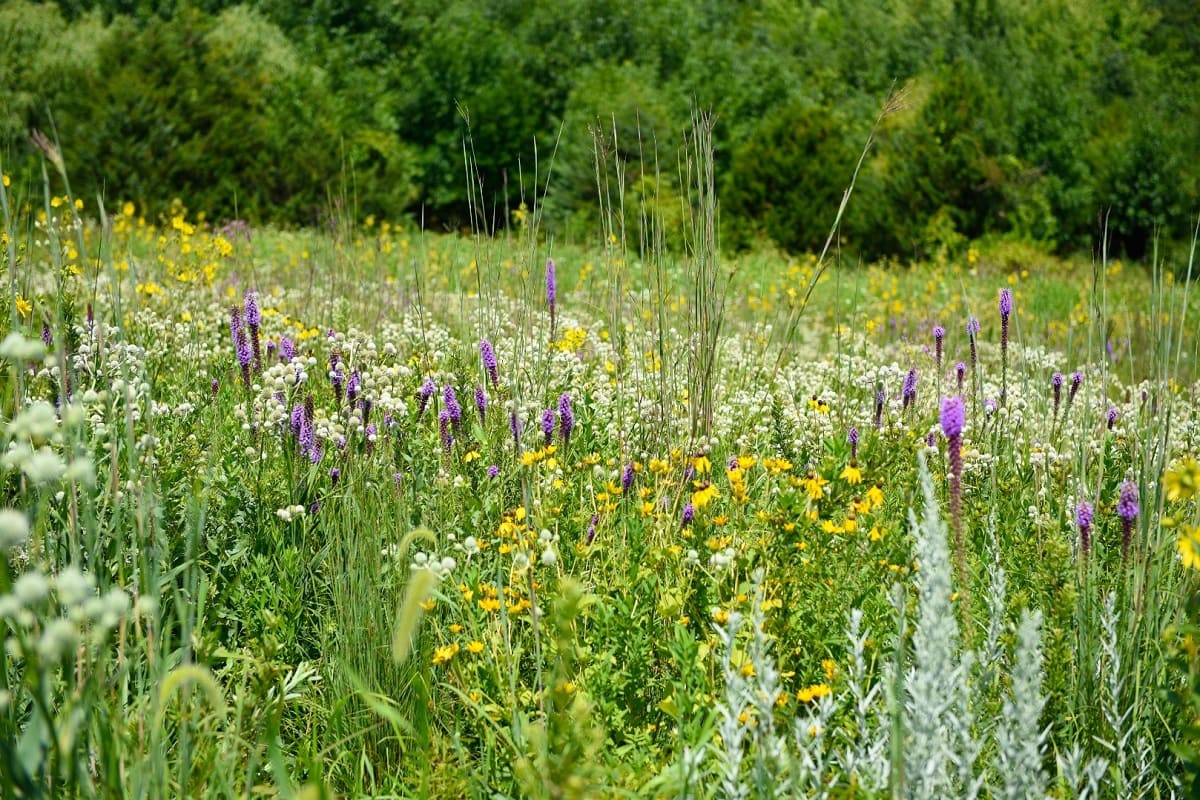

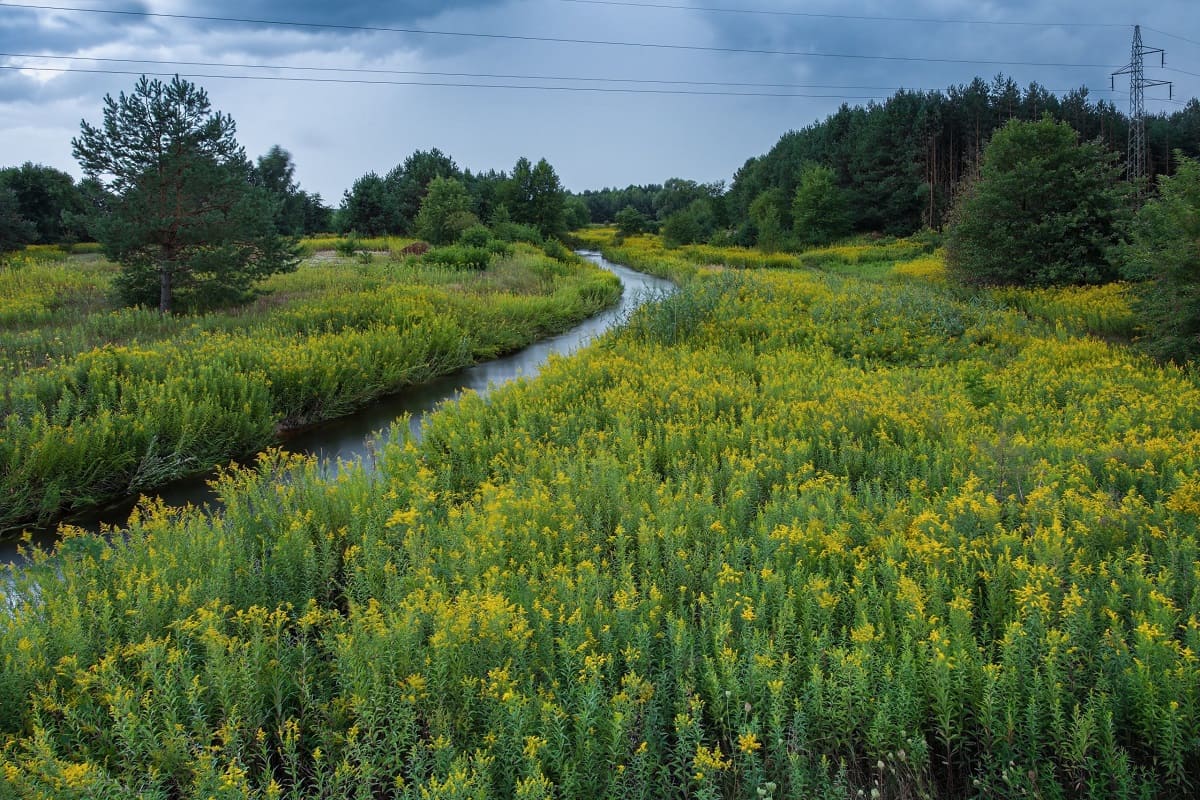
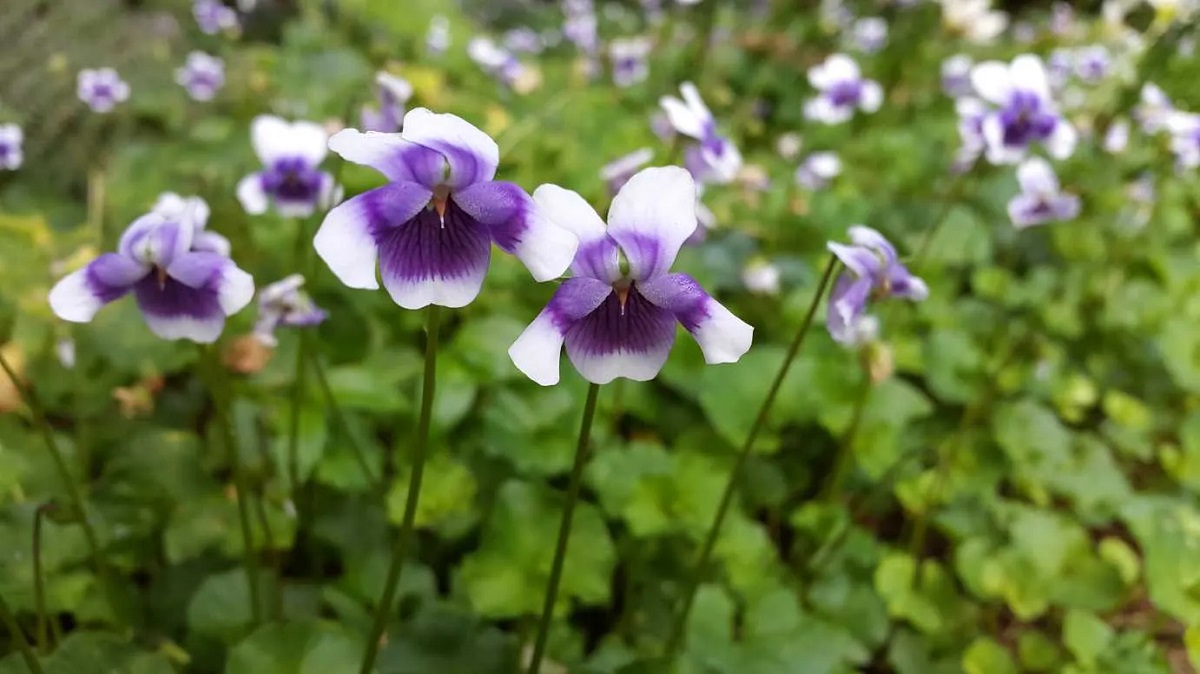
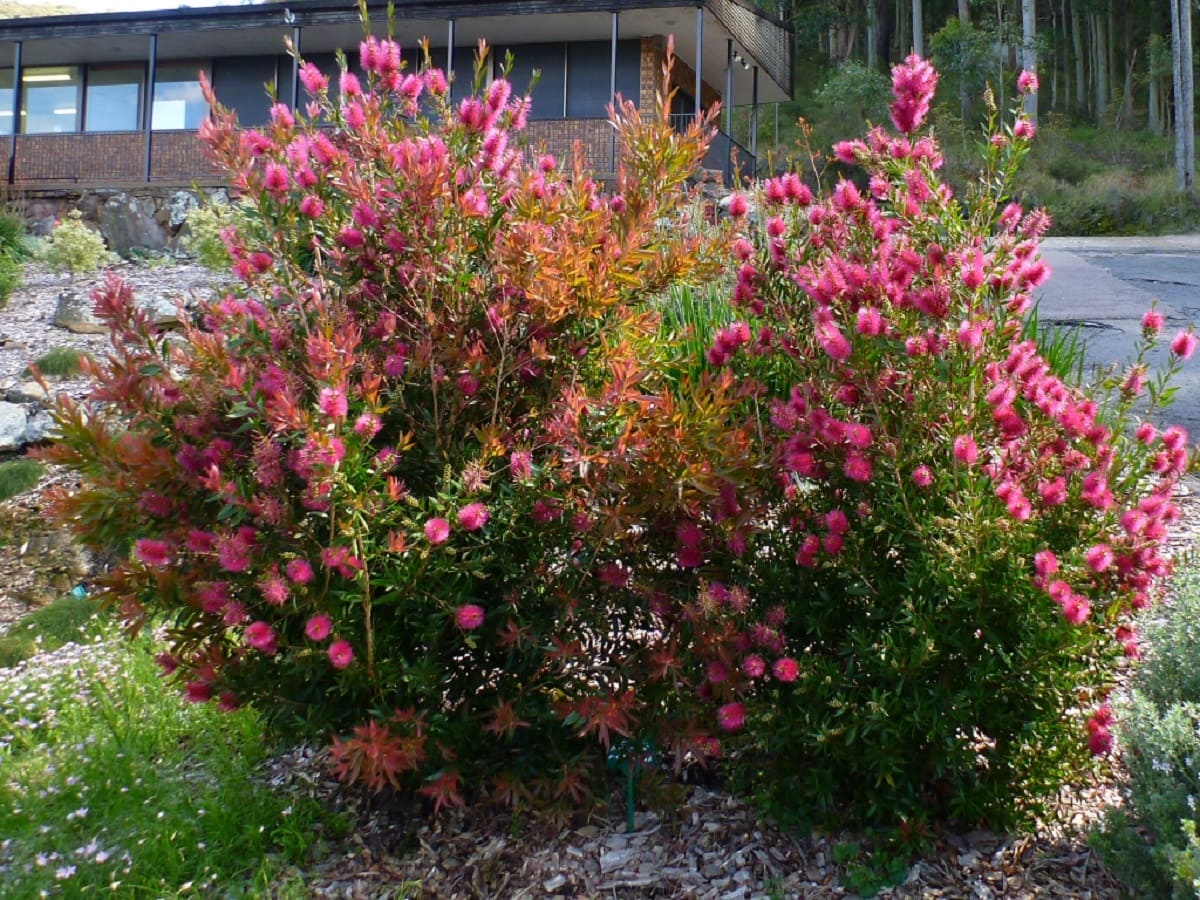
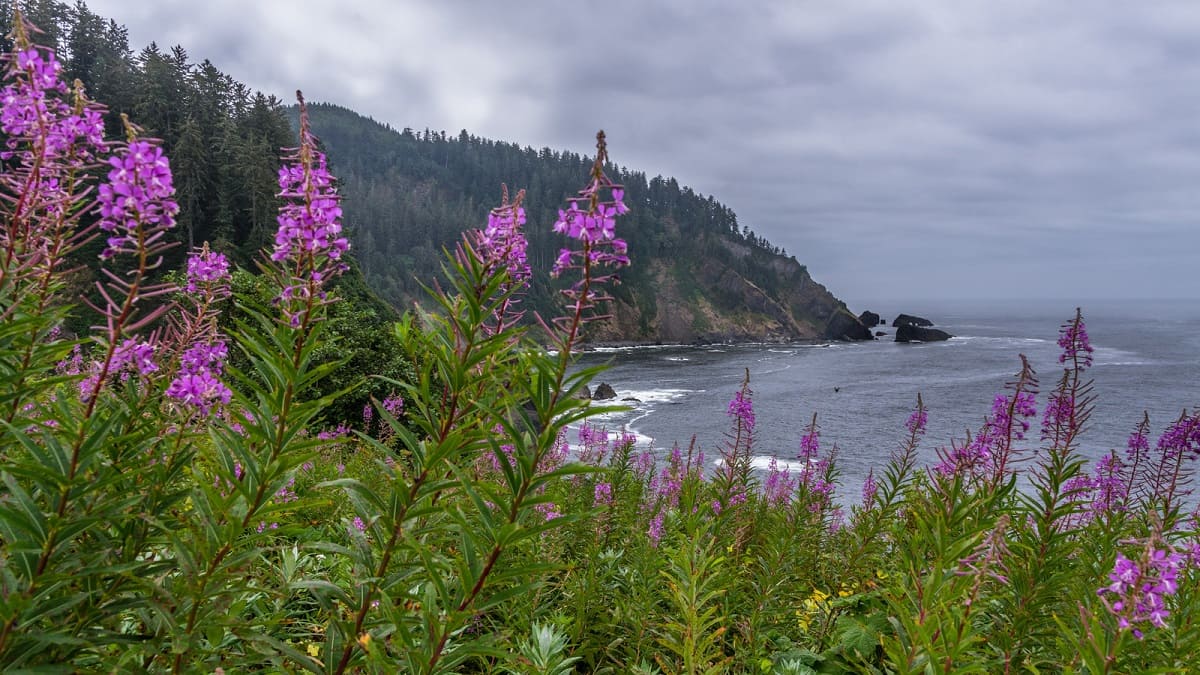
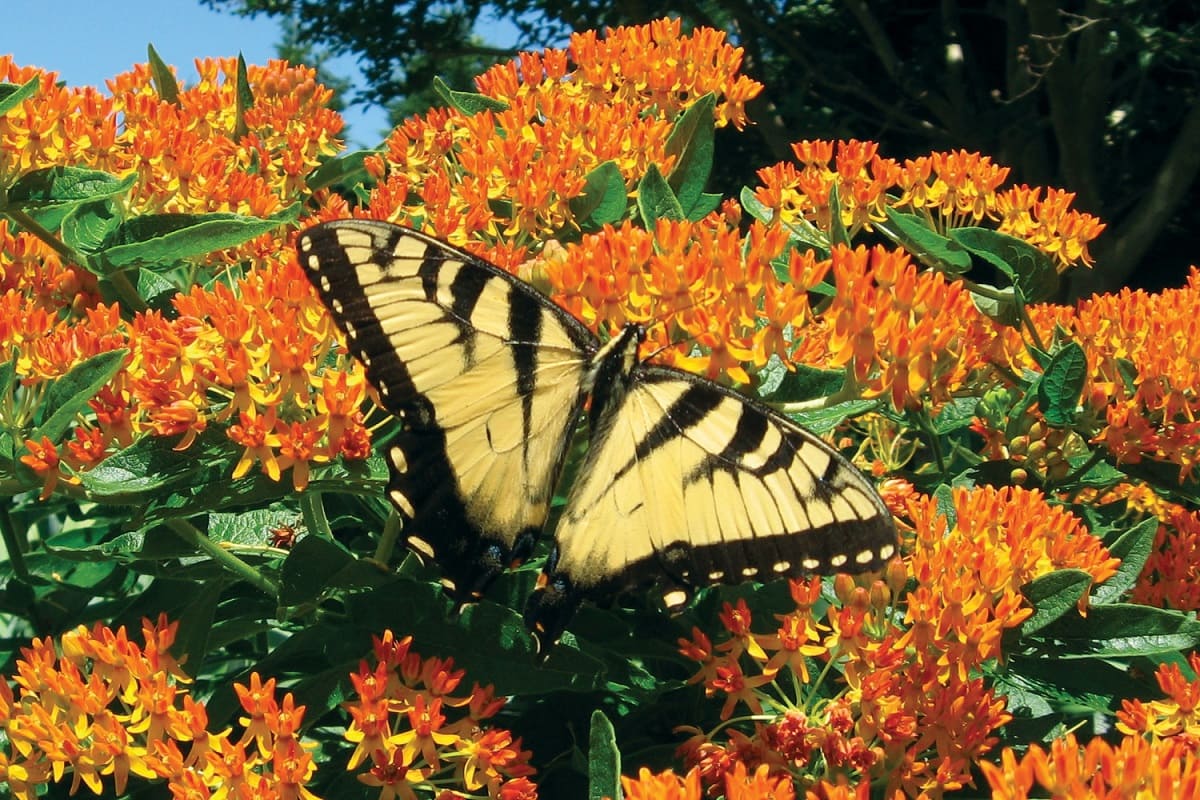

0 thoughts on “How To Start A Native Plant Garden In Maryland”